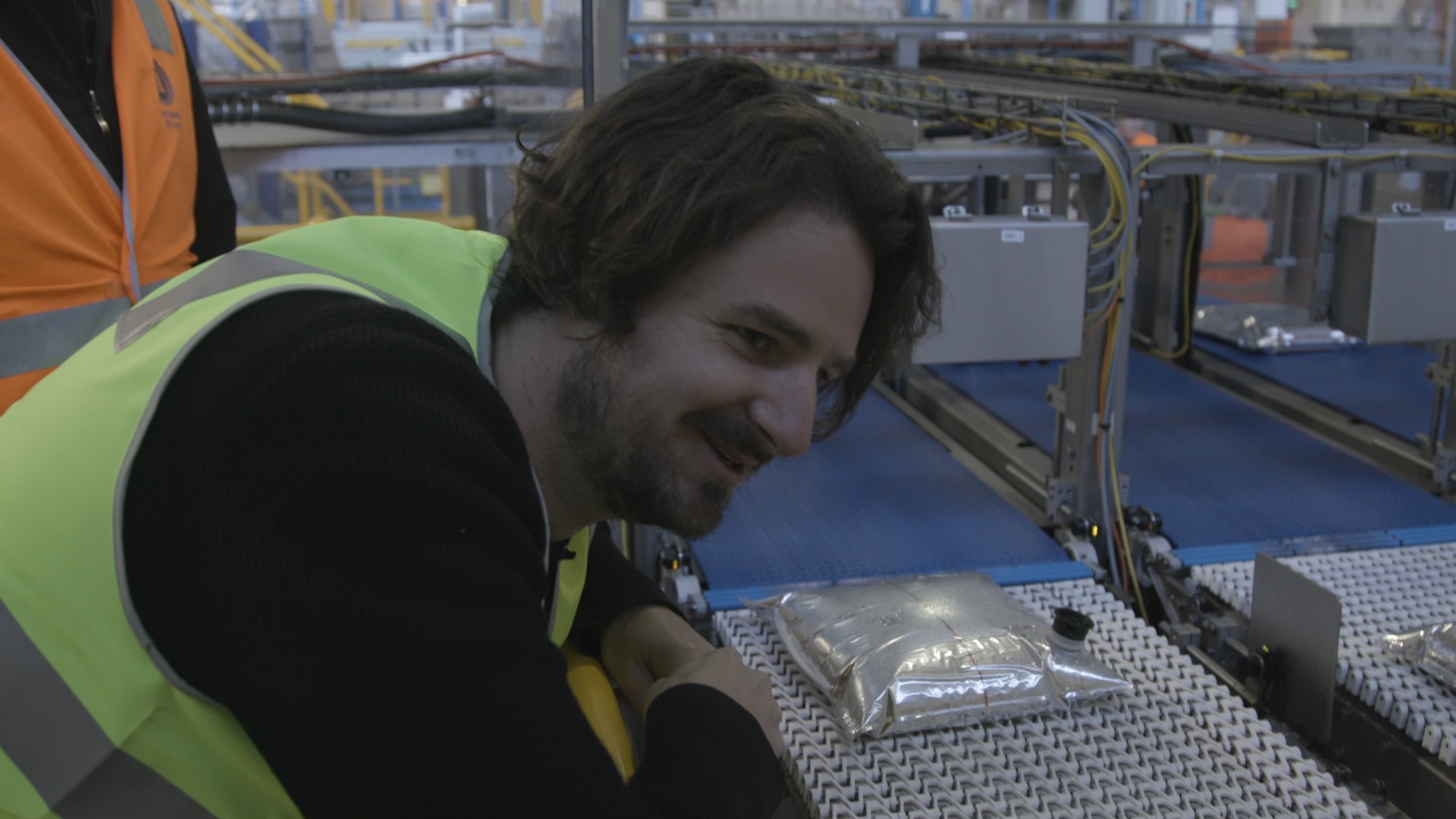You know the smell. It's that chlorine musk that reminds you of either narrowly dodging a pregnancy or being a 15-year-old boy. But it's a weird thing to be walking down the street on an early spring afternoon and get a nose full of jizz. You're looking around like, "What is that?"The answer is trees. That cummy smell comes from a flowering deciduous tree called Pyrus calleryana, better known in Australia as the ornamental pear, or the callery pear in the US. Originating from China, they became the urban designer's tree of choice in the 1950s because they're small, neat, and produce cute white flowers. Ornamental pears now line city streets around the globe, although they've fallen out of fashion in Australia and the US because they tend to self-germinate in vacant blocks—and as mentioned—the jizz thing.
Advertisement
So what's with the smell? Basically they smell like that to attract insects. "Any time plants emit fragrances, it's typically to attract pollinators, and that's what the pear is doing as well," explained John Murgel, a horticulturist in Denver. "We normally associate sweet smells with trying to attract bees, but a lot of plants all over the world use really terrible smells in order to attract beetles and flies as pollinators."In the world of chemistry these smells are known as "volatile amines," which basically mean they're molecularly similar to ammonia. In the case of the ornamental pear, what you're smelling is trimethylamine and dimethylamine, both of which smell like ammonia. And the twist in the story is that there's ammonia in semen.
The flowers, covered in artistic licence
And just because we're here, talking about semen, I want to raise something personal for a moment. And that is how whenever anyone brings up semen trees, some sort of dude always invariably says, "Hahahaha, how do you know what semen smells like?"You might have experienced this yourself. But I just want to quickly clarify that of all people, those dudes know exactly what semen smells like. And they know because they all spent long, fevered years exploring, and I know this because I was there, being one of them. For many of us, semen was a phase. And there was an even stranger phase when some guys in high school were tasting their own, just to see. I never went that far but I guess it's nice to keep as an option. Just for when I'm old and I've tried every other activity on the planet, including zorbing.
Advertisement
Watch us answer another great question: Where do they make goon?

Anyway, the point is don't ask that question. It's dumb, and you already know the answer.Now, back to the trees. And it's worth noting that smelly plants are fairly common. There's an entire subset of stinky plants called carrion flowers, or corpse flowers, which mimic the stench of decay to attract bugs that usually feast on rotting animals. Indonesia has produced many of the favourites, including Amorphophallus titanum, which has a long proboscis-like structure that heats up to further disperse its smell. Another example is the Bulbophyllum, which is a kind of orchid found throughout Latin America and the Asian Pacific. These guys are beautiful, but their scent is said to range from urine and blood, all the way through to something sweet and fruity.Closer to home now, and the good news is that ornamental pear trees won't stink for that much longer. As John Murgel explained, most bloom for just two weeks. "And if a tree is in a warmer, exposed site, it could already be flowering."So enjoy them while you still can. Like memories of adolescence, the smell of semen trees is fleeting.Julian is on Twitter, if you're into that kind of thing
